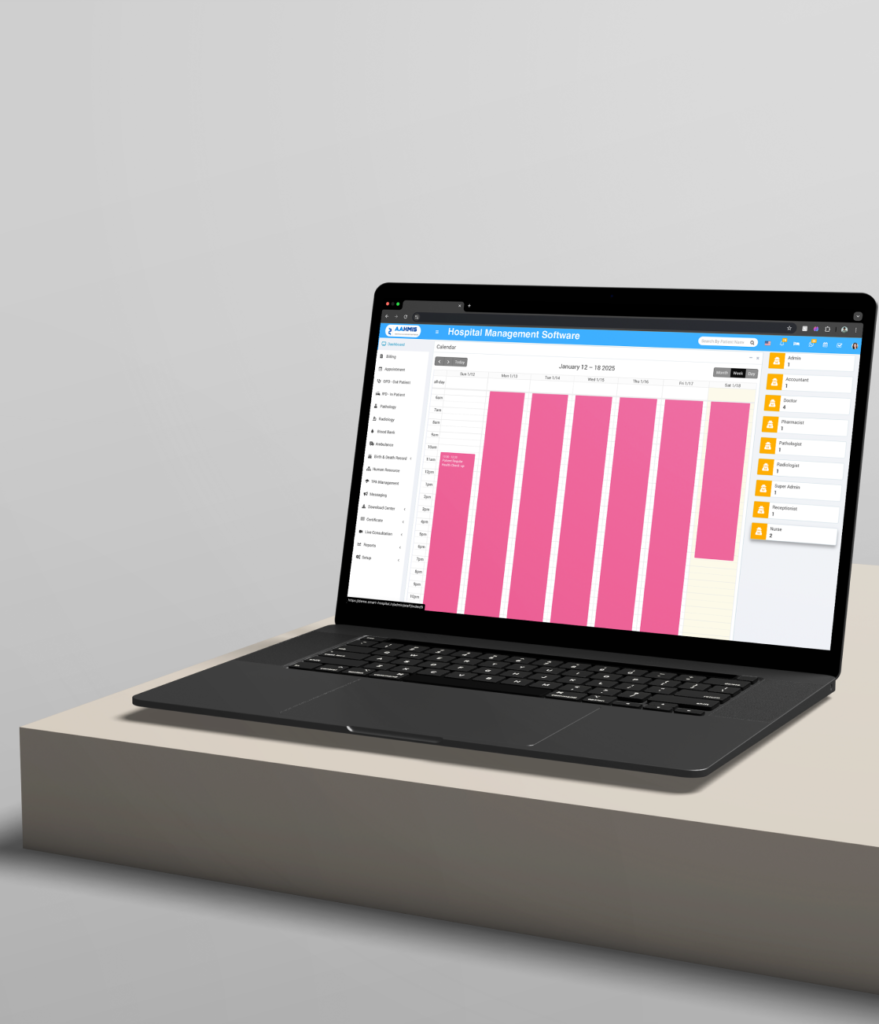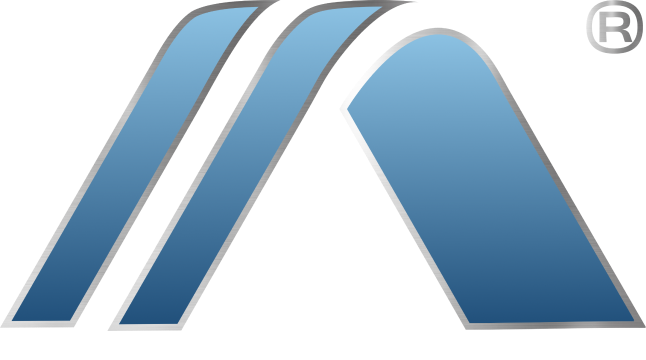AAHMIS, a leading provider of hospital management software in Sweden, sought to improve the operational efficiency of healthcare facilities through its comprehensive digital solutions. With the increasing complexity of healthcare management, AAHMIS aimed to streamline processes, enhance patient care, and facilitate seamless communication between departments. This case study outlines the challenges faced by healthcare organizations in Sweden, the solutions offered by AAHMIS, and the positive outcomes achieved through the implementation of its hospital management software.
Hours taken to deliver the project
Iso Certified
Usability and customer interactiveness.
Customer support (Premium package)
The Challenge
Healthcare facilities in Sweden encountered several key challenges that necessitated a robust hospital management solution:
Fragmented Systems: Many hospitals utilized disparate systems for patient management, billing, and scheduling, leading to inefficiencies and miscommunication between departments.
Manual Processes: A reliance on manual data entry and paper-based workflows increased the potential for errors, wasted time, and hindered patient care.
Limited Patient Engagement: Healthcare providers struggled to communicate effectively with patients regarding appointments, follow-ups, and care plans, resulting in decreased patient satisfaction.
Regulatory Compliance: Keeping up with national healthcare regulations and standards was challenging, impacting the ability to provide consistent, quality care.
What did
Addams Alchemy do
The primary objectives for implementing the AAHMIS hospital management software included:
- Integrate Operations: Provide a fully integrated platform that unifies patient management, scheduling, billing, and reporting.
- Automate Workflows: Reduce the reliance on manual processes to improve efficiency and minimize errors.
- Enhance Patient Engagement: Implement features that facilitate better communication and interaction with patients.
- Ensure Compliance: Support healthcare facilities in adhering to regulatory standards and improving quality of care.

The Results
- Patient Management: A centralized database for patient information, providing healthcare providers with easy access to medical histories and treatment plans.
- Scheduling and Appointments: Implemented automated scheduling tools to reduce appointment conflicts and enhance resource allocation.
- Billing and Invoicing: Provided integrated billing solutions to streamline financial operations and improve accuracy in invoicing.
- Electronic Health Records (EHR): Transitioned to electronic records, reducing paper usage and manual entry errors.
- Task Management: Enabled automated task assignments and reminders for healthcare staff, improving productivity and accountability.
- Reporting and Analytics: Introduced advanced reporting functionalities to offer insights into operational performance and patient outcomes.


